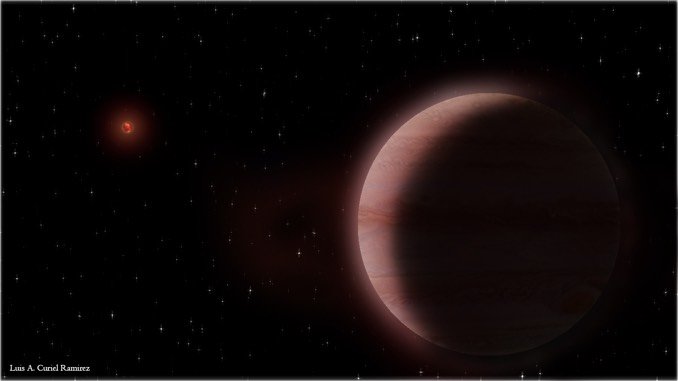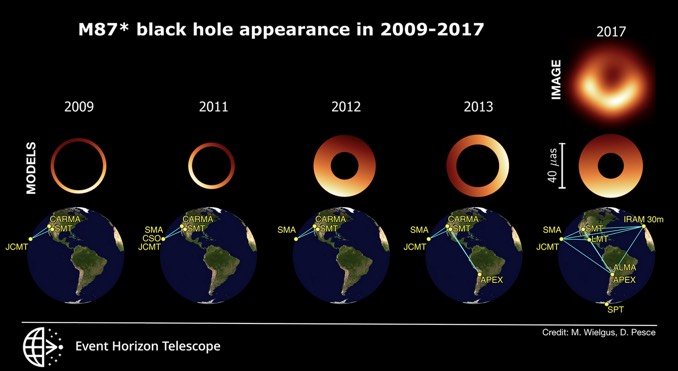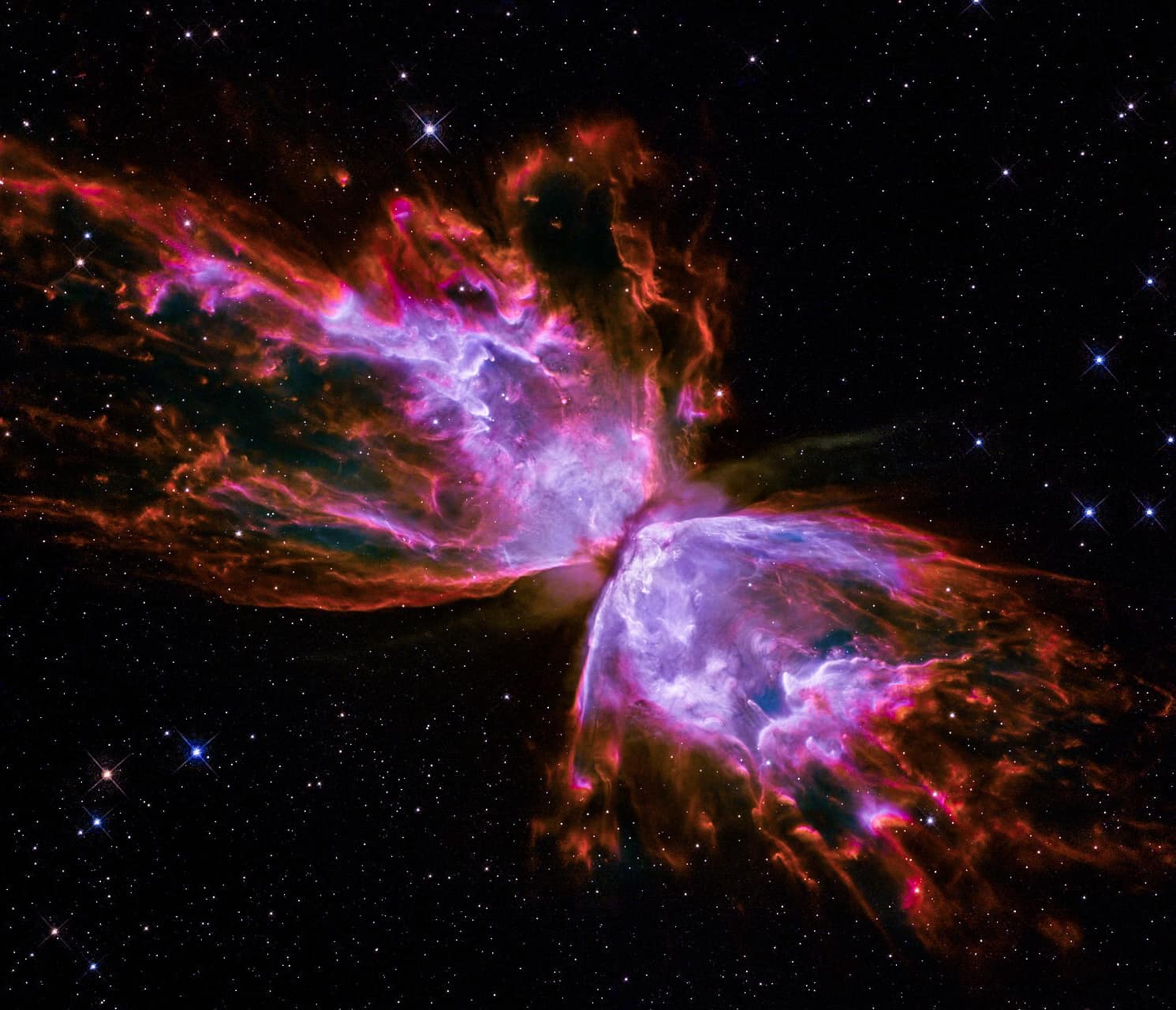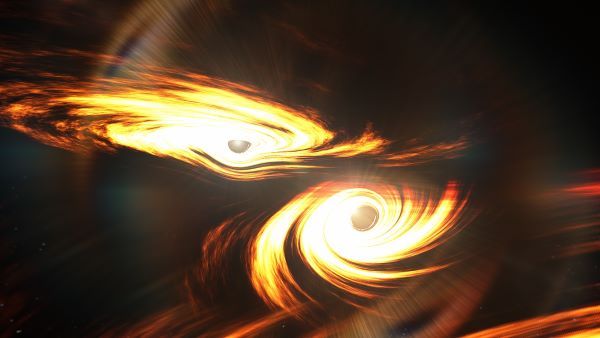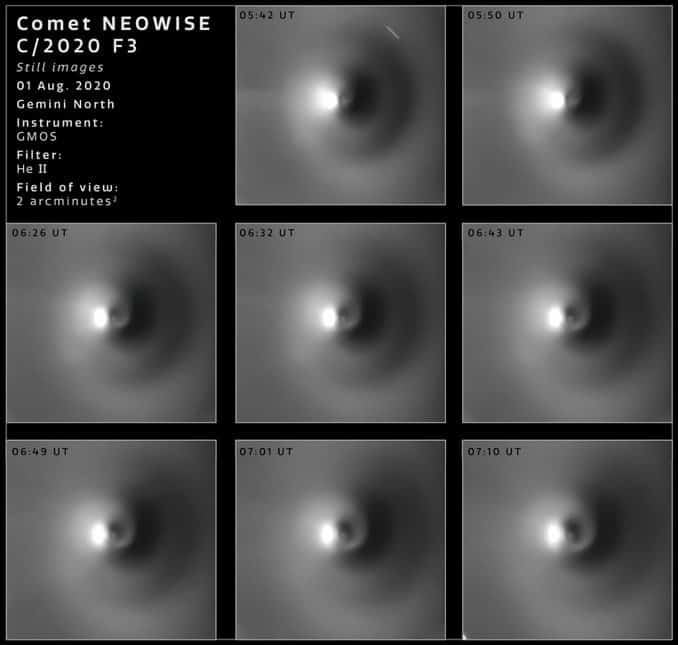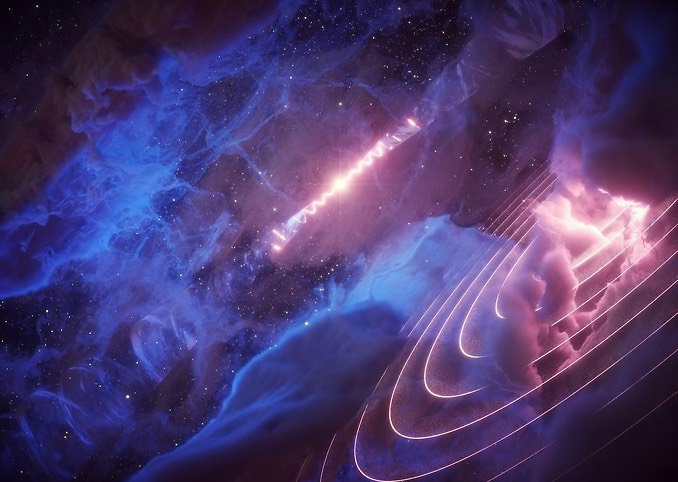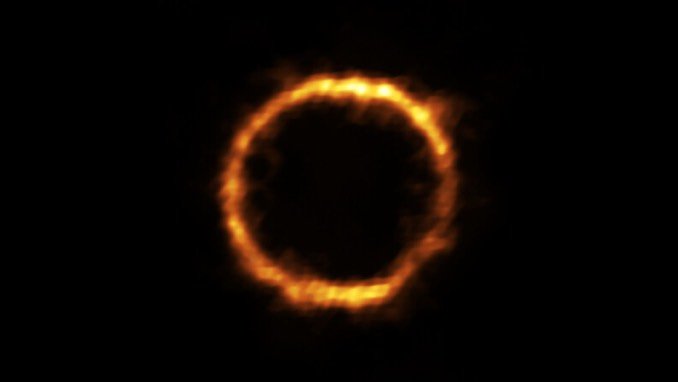Interesting Astronomy & Astrophysics news from the week of 10/11/2020
Next week’s night sky: On Wednesday, the Orionids Meteor Shower peaks! The remnants of Halley’s comet created this shower. The best time to watch these meteors is between midnight and dawn. Then, shower will reach rates of 10-20 meteors per hour. To find the shower, look to the southwest. Friday is the first quarter moon. This is the best time to see the lunar terrain, as the low-angled sunlight dramatically lights the lunar surface.. Betelgeuse may not be so far away New research suggests the red supergiant […]
Read more
